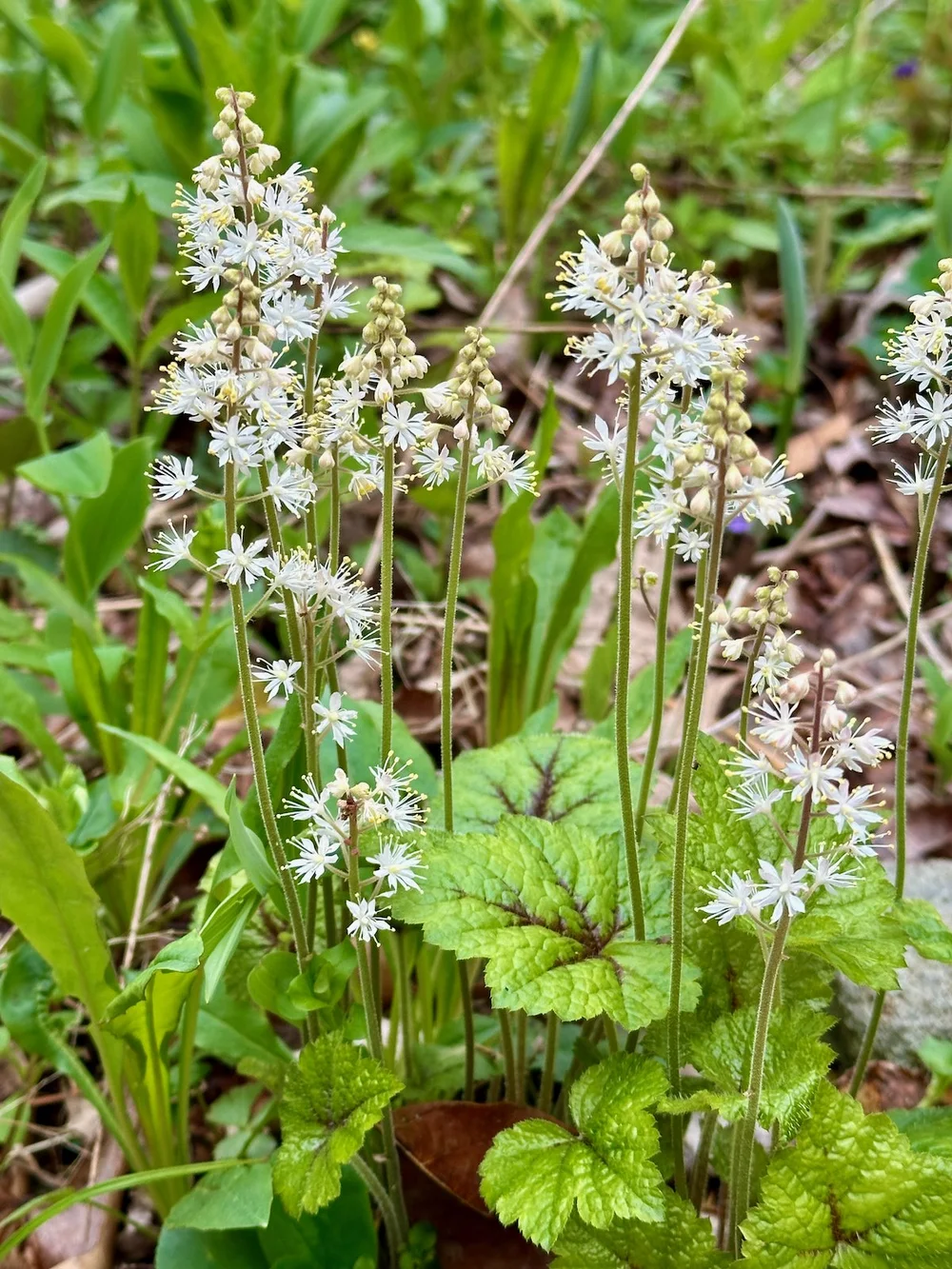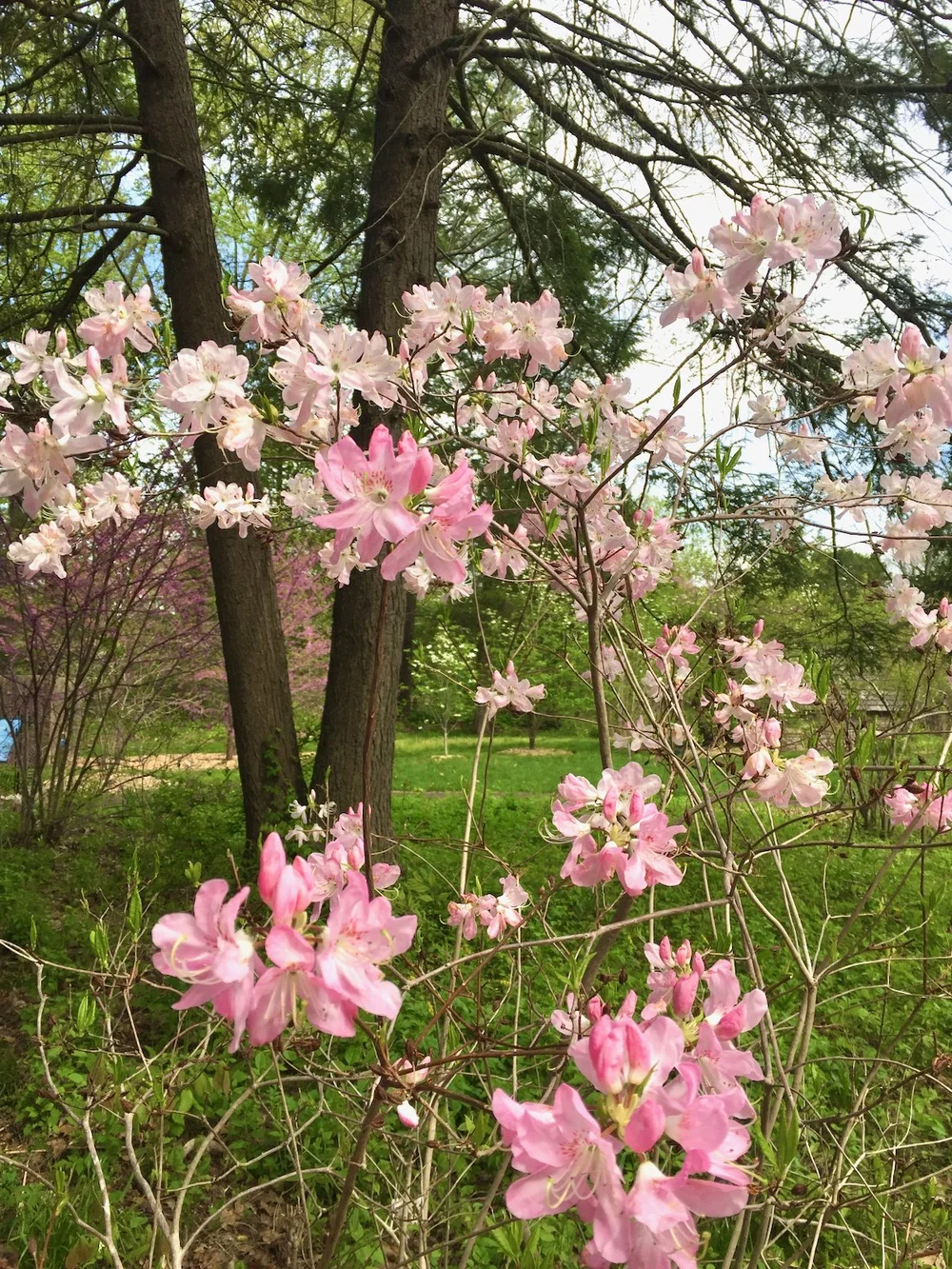Bowman’s Hill Wildflower Preserve

Bowman’s Hill Wildflower Preserve is a living museum specifically devoted to native plants. With a variety of diverse habitats, from mature hardwood forests to meadows, ponds, creeks, and steep hillsides, the preserve is home to more than 700 of Pennsylvania’s 2,000 native plants. These plants grow naturally in interdependent communities with resident insects, frogs, birds, and other wildlife.
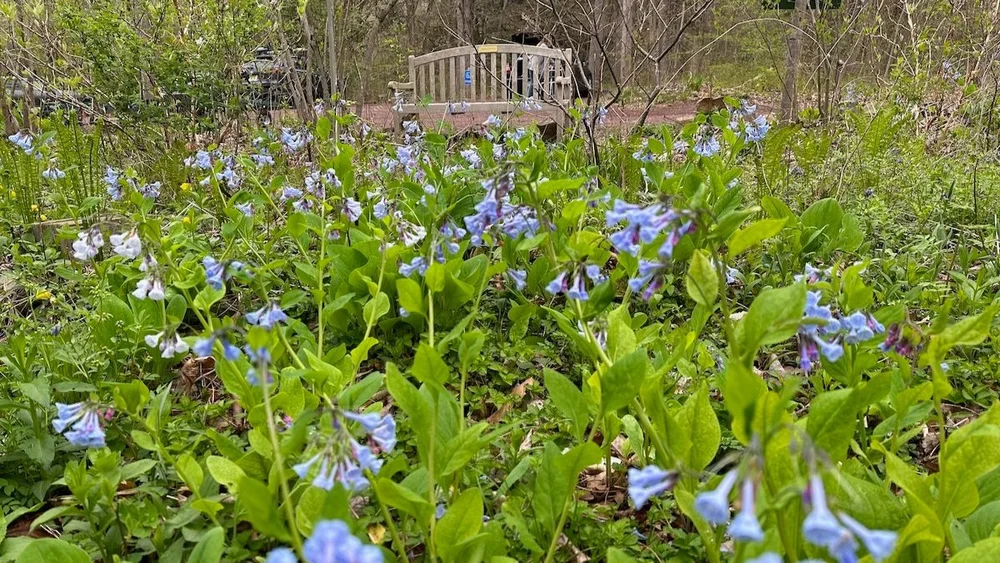
Thanks to the efforts of two early conservationists—Mary K. Parry, chairman of the Bucks County Federation of Women’s Clubs, and W. Wilson Heinitsh, a consultant for Washington Crossing Historic Park—100 acres were set aside in 1934 as a memorial to George Washington’s encampment and a sanctuary for native plants. In the 1940s, under the leadership of Edgar T. Wherry, botany professor at the University of Pennsylvania, hundreds of native trees, shrubs, and wildflowers were planted on the site. His meticulous plant records set the stage for the preserve to become a horticultural institution.
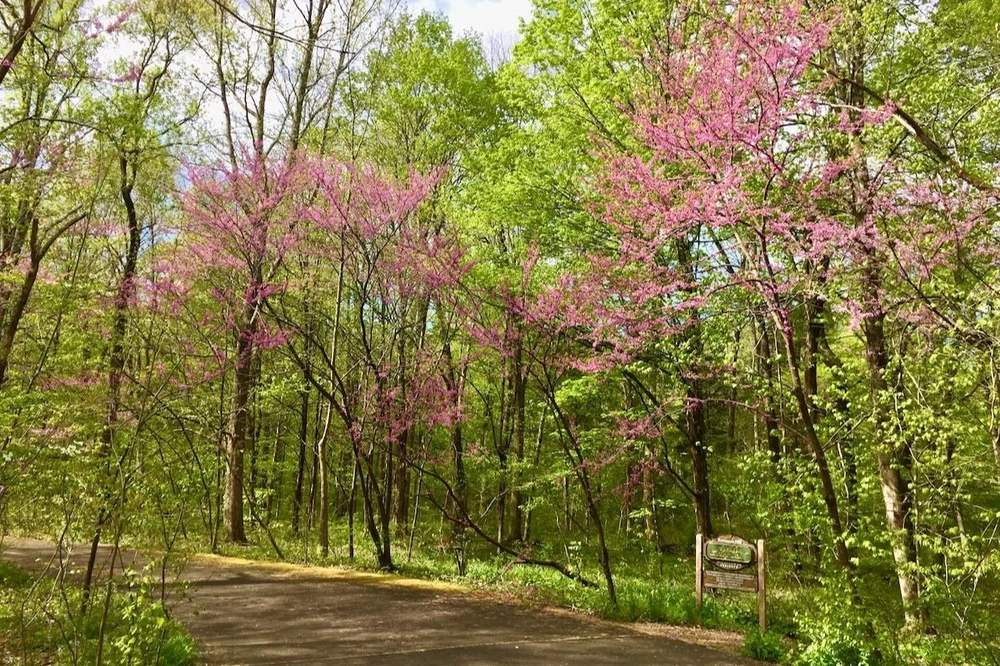
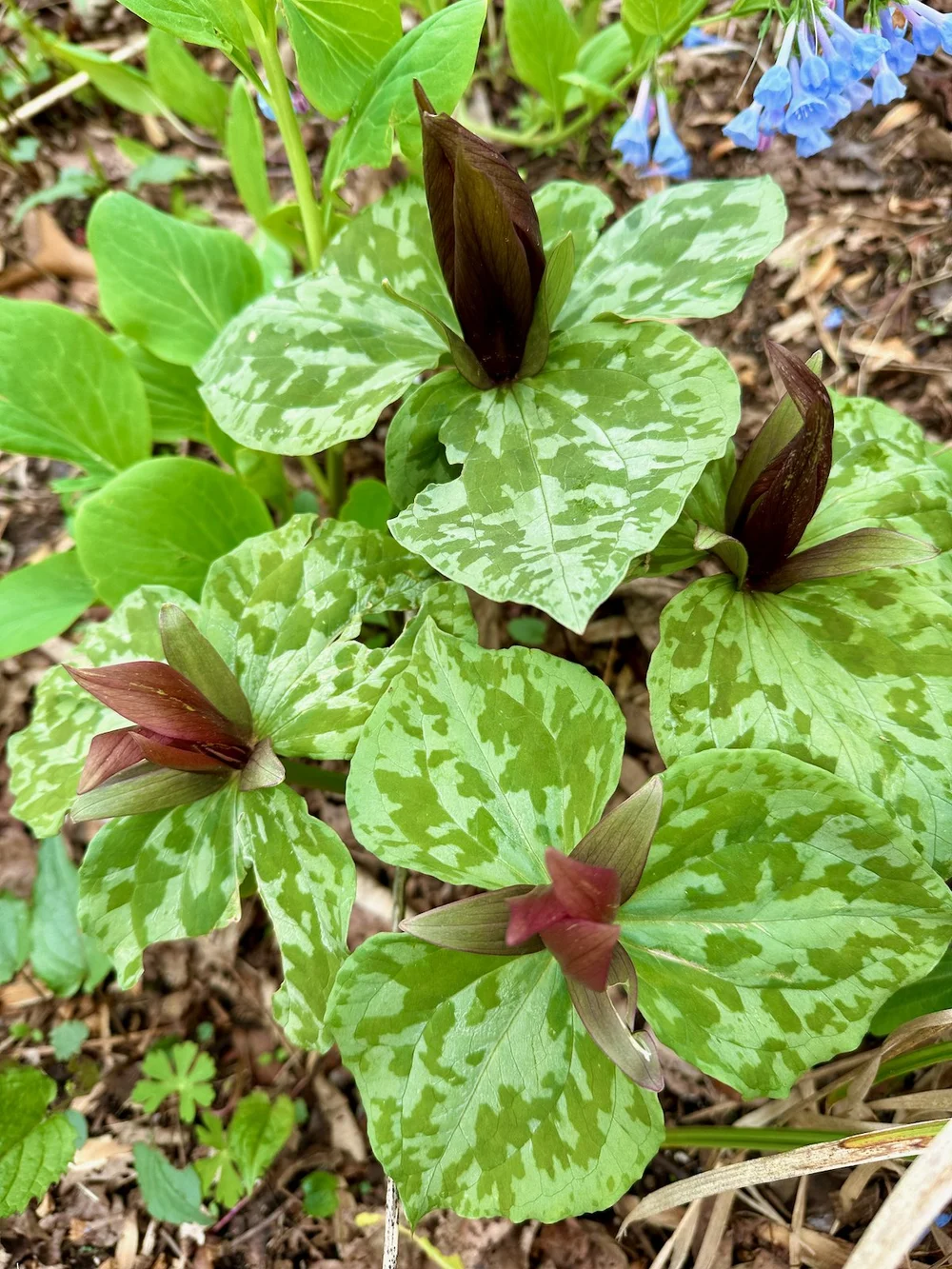
Today, Bowman’s Hill offers 4.5 miles of trails winding through forests and meadows. The woodlands are spectacular in spring, when large swaths of ephemerals burst into bloom. Spring ephemerals are native wildflowers that blossom before the trees leaf out, set seed, and often disappear completely underground during the summer months. In April you will find a sea of Virginia bluebells, carpets of trilliums, hepaticas, bloodroot, and Dutchman’s breeches, followed by mayapples, twinleaf, and crested iris. The ponds and streams are fringed with bright yellow marsh marigolds. With the spring blooms of redbuds, dogwoods, fringe trees, and azaleas, the effect is magical.

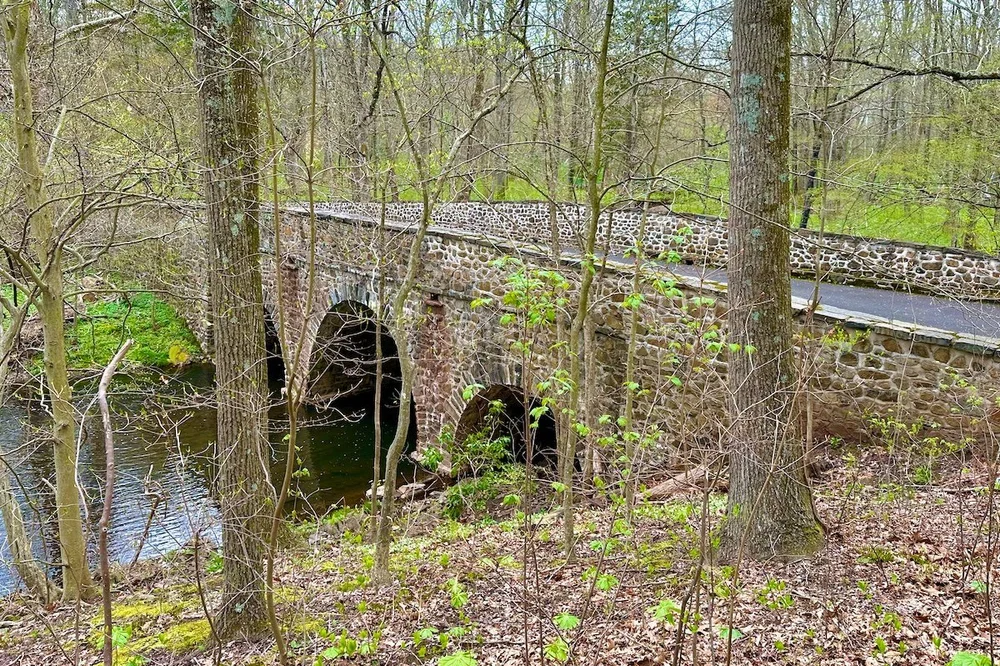
In the summer mountain laurels, swamp azaleas, and rosebay rhododendrons bloom in the woodlands, while bee balms, milkweeds, coneflowers, and penstemons fill the meadows with their colorful flowers. Fall brings out asters and goldenrods and brilliant foliage in shades of gold, orange, and red.
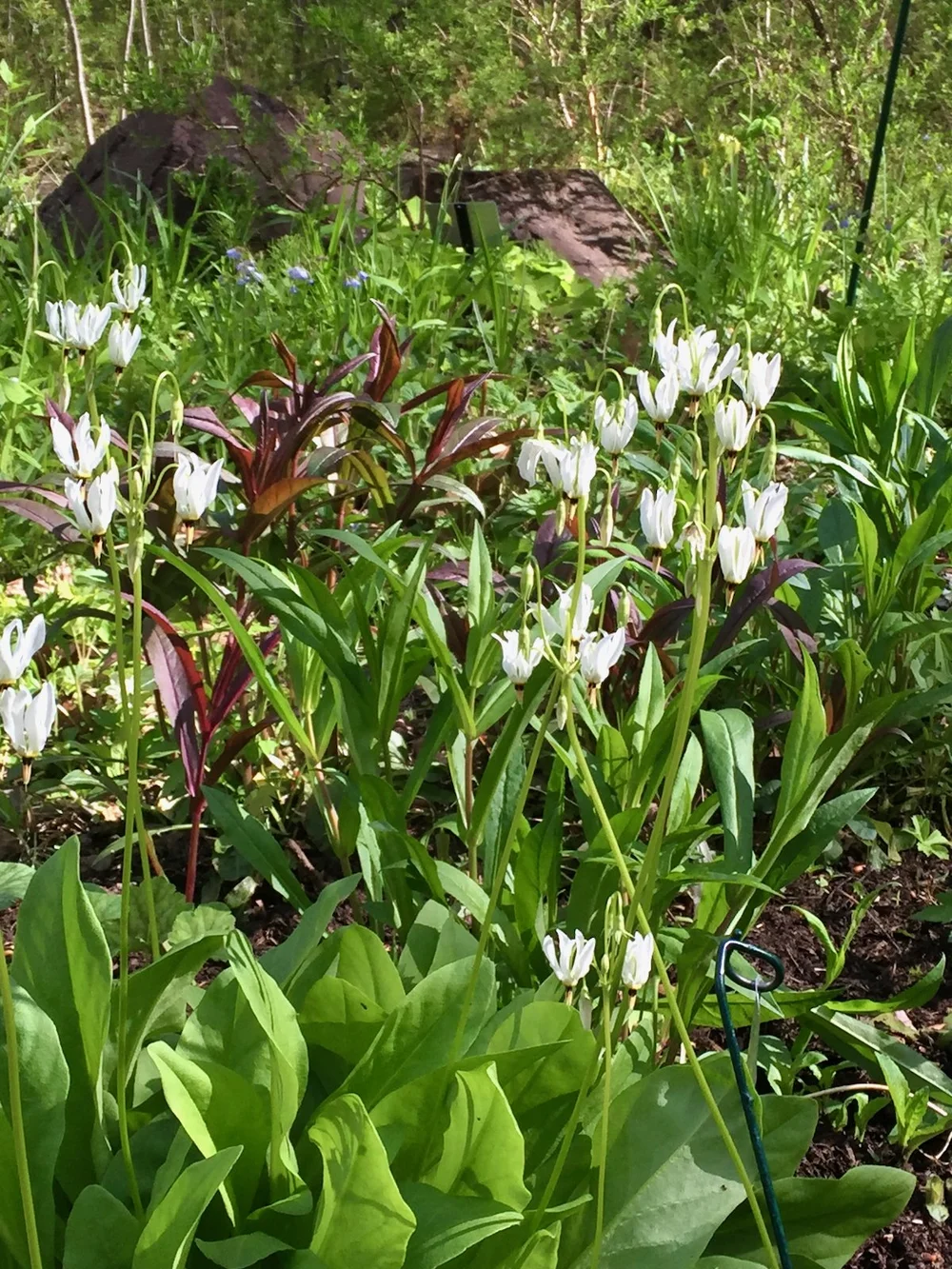
Bowman’s Hill is also a haven for birdwatchers. More than 110 species of birds can been seen at the preserve in the course of a year, due to the bounty of seeds, insects, and nesting spots, and the preserve’s location on the Atlantic flyway. Guided bird walks are available on a regular basis.

If you want to enhance the biodiversity of your own garden, you can purchase native plants at the preserve’s onsite nursery. More than 200 species of wildflowers, vines, ferns, shrubs, and trees are offered for sale throughout the growing season. These plants are propagated and grown on the preserve and represent local germplasm grown without harsh chemicals such as neonicotinoids. Locally propagated plants also are quickest to establish in your home garden. In addition to a staff of knowledgeable gardeners, the nursery offers free resources and plant recommendations for your specific growing conditions.
Bowman’s Hill Wildflower Preserve, 1635 River Rd., New Hope, PA, 215-862-2924 bhwp.org
You might also like:
Bowman’s Hill Wildflower Preserve Read More »

